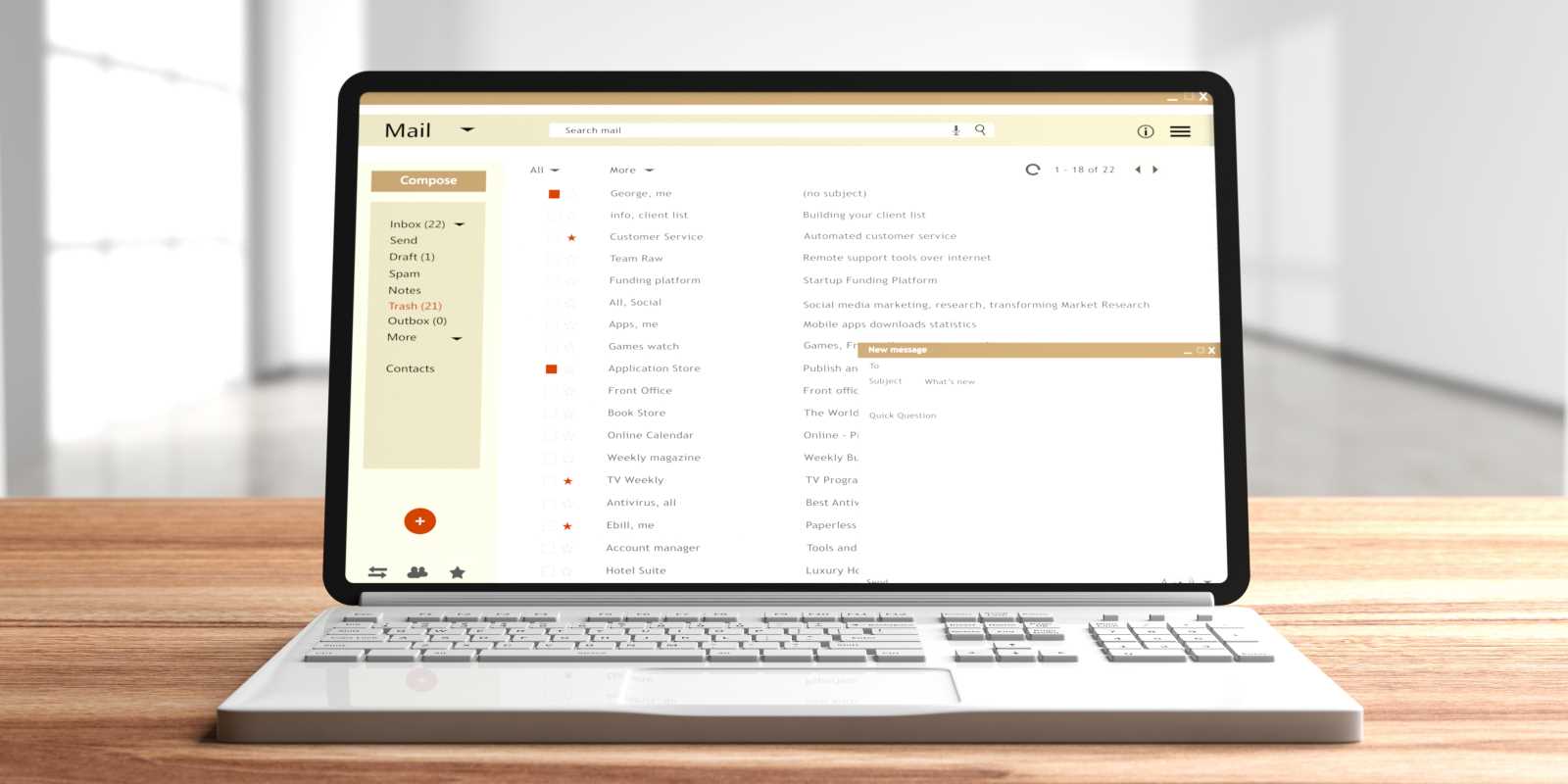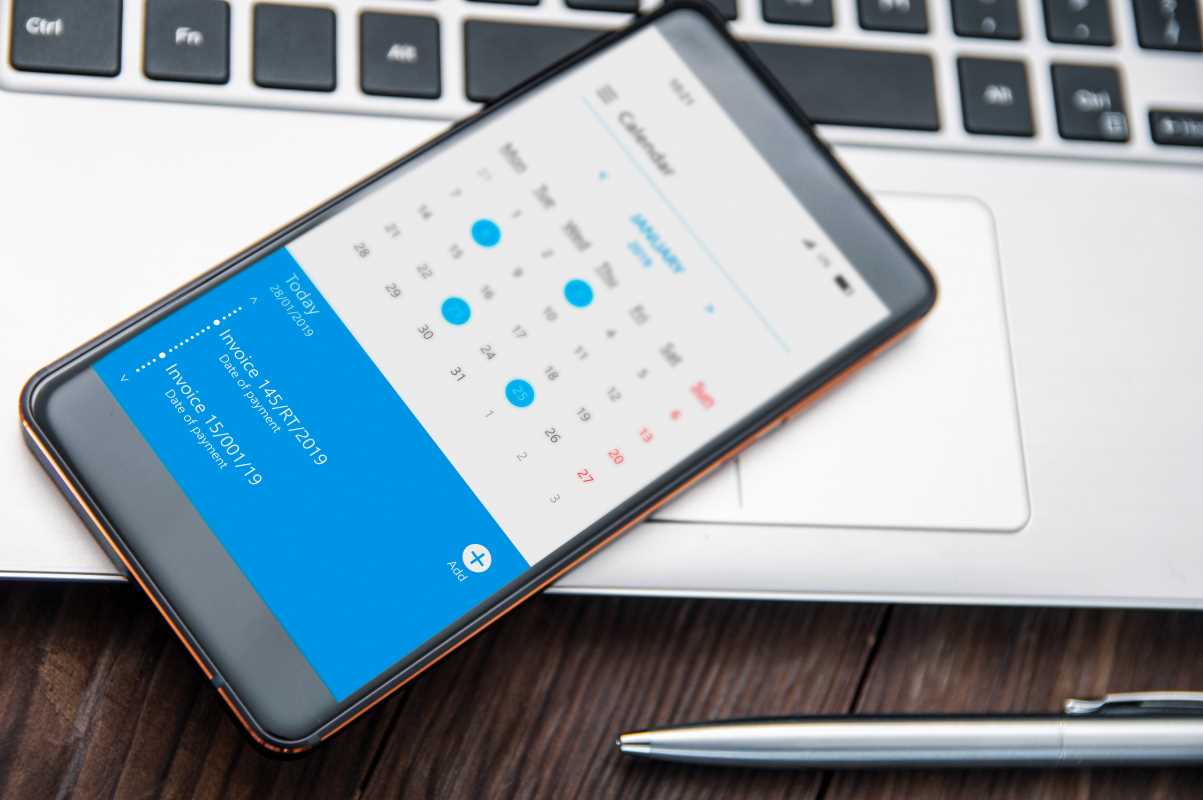Focus is the currency of modern work. Our attention is constantly pulled in countless directions by notifications, emails, and the allure of social media. This continuous barrage of stimuli makes deep, concentrated work feel like a luxury. Distraction management systems offer a structured approach to reclaiming your focus and boosting your productivity. These are not just simple tips but comprehensive strategies designed to help you control your environment and direct your attention where it matters most. Building an effective system involves understanding your personal triggers, implementing specific techniques, and leveraging technology to support your goals. You can transform your work habits and achieve a new level of efficiency by adopting a systematic approach to managing distractions.
Understanding the Science of Distraction
Our brains are naturally wired to respond to new stimuli. This trait was essential for survival, alerting our ancestors to potential threats or opportunities. Today, this same instinct makes us susceptible to digital interruptions. Every notification from your phone or computer triggers a small release of dopamine, a chemical associated with pleasure and reward. This creates a feedback loop, training your brain to seek out these interruptions.
The cost of this constant context-switching is significant. Research shows it can take over 20 minutes to fully regain focus after being distracted. This "attention residue" means a part of your cognitive capacity remains stuck on the previous task, even after you have tried to move on. Over time, these small interruptions add up, leading to decreased productivity, increased stress, and a lower quality of work. An effective distraction management system works by breaking this cycle and creating an environment where deep work can flourish.
Core Components of an Effective System
A robust distraction management system is built on several key pillars. These components work together to create a fortress against interruptions, allowing you to perform at your best.
1. Environmental Design
Your physical and digital workspaces play a huge role in your ability to concentrate. The goal is to design an environment that minimizes potential distractions and signals to your brain that it is time to focus.
- Create a Dedicated Workspace: Designate a specific area solely for work. This physical separation helps create a psychological boundary between your professional and personal life. Your brain will start to associate this space with concentration.
- Declutter Your Desk: A cluttered desk can lead to a cluttered mind. Keep only the essentials within arm's reach. A clean, organized space reduces visual noise and helps you stay focused on the task at hand.
- Optimize Your Digital Environment: Your computer can be your biggest source of distraction. Close unnecessary tabs and turn off notifications for non-essential applications. Consider using different browser profiles for work and personal use to keep them separate.
2. Time Management Techniques
Managing your time effectively is central to managing distractions. Structuring your day gives you control over your attention.
- The Pomodoro Technique: This method involves breaking your work into focused 25-minute intervals, separated by short breaks. Each interval, known as a "Pomodoro," is dedicated to a single task. This technique helps maintain high levels of concentration and prevents burnout.
- Time Blocking: This strategy involves scheduling every part of your day. You allocate specific blocks of time for tasks, meetings, and even breaks. This proactive approach ensures that important work gets the dedicated, uninterrupted time it needs.
- The Eisenhower Matrix: Prioritize your tasks based on urgency and importance. This matrix divides tasks into four quadrants: urgent/important (do now), important/not urgent (schedule), urgent/not important (delegate), and not urgent/not important (delete). This helps you focus on what truly matters.
3. Willpower and Mindful Intention
Technology and techniques can only take you so far. Ultimately, managing distractions requires a degree of self-discipline and mindfulness.
- Set Clear Intentions: Begin each work session by defining what you want to accomplish. Writing down your top one to three priorities for the day can provide clarity and motivation. A clear goal makes it easier to resist the pull of distractions.
- Practice Mindfulness: Mindfulness is the practice of being present and fully aware of the current moment. Simple breathing exercises or a short meditation before starting work can help calm your mind and improve your ability to focus.
- Delay Gratification: The urge to check your phone or social media is often impulsive. Practice the "20-second rule" by making distractions slightly harder to access. For example, move your phone to another room. This small barrier can be enough to break the impulse.
Technology That Supports Focus
While technology is often the source of distraction, it can also be a powerful ally in your quest for focus. A variety of tools are designed to help you block out noise and create a productive digital environment.
Focus and Blocker Apps
Numerous applications are available to help you limit access to distracting websites and apps. Tools like Freedom, Cold Turkey, and Forest allow you to create custom blocklists and schedule focused work sessions. During these sessions, you will be unable to access your chosen distractions, forcing you to stay on task. These apps are highly effective because they remove the need to rely solely on willpower.
Noise-Canceling Headphones and Ambient Sound Apps
Auditory distractions can be just as disruptive as visual ones. Noise-canceling headphones are an excellent investment for anyone working in a noisy environment. They create a pocket of silence that allows you to concentrate fully. Additionally, ambient sound apps like myNoise or Noisli can provide a consistent soundscape, such as rain or a coffee shop, which can help mask distracting background noise and improve focus.
Digital Note-Taking and Task Management
Organizing your thoughts and tasks digitally can free up mental bandwidth. Tools like Evernote, Notion, Todoist, or even just a digital calendar help you capture ideas, plan projects, and track your progress. A centralized system for your tasks and notes means you spend less time trying to remember what you need to do and more time actually doing it. This organization reduces mental clutter and helps you maintain a clear, focused mind.
Building Your Personal Distraction Management System
Experiment with different techniques and tools to see what works best for you. You might find that the Pomodoro Technique is perfect for creative tasks, while time blocking is better for administrative work. Be patient with yourself and be prepared to adjust your system over time. The goal is not perfection but continuous improvement. By taking deliberate steps to control your attention, you can create a more productive, fulfilling work life.
 (Image via
(Image via





